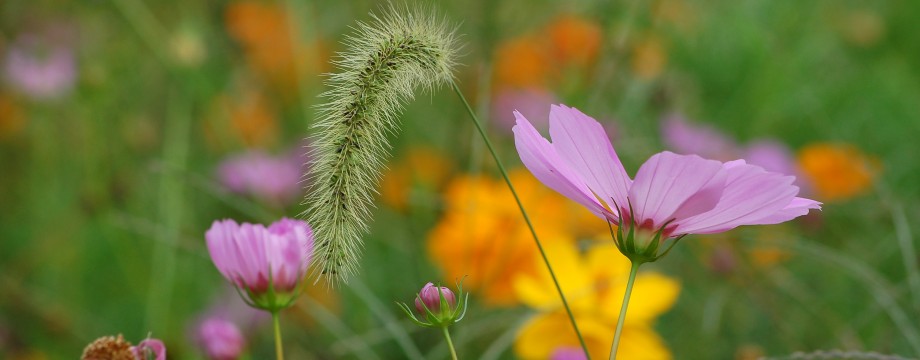Our little farm is really a hobby farm.
We like to raise animals for the health benefits for us, and for the care of the animals. I hate hearing how animals are treated when they are grown for mass consumption. I really like taking part in the traditions of hundreds of years. I enjoy feeling like we are taking care of ourselves, doing the right thing. The hobby farm title comes because we seldom sell what we raise/gather. We do sell the honey. But mostly we like to share. God has given us the blessing of the land and the finances to take care of the animals, so we like to share the blessing.
We have hens, and sometimes roosters.
I like roosters. They are so pretty, and I like hearing them crow. What I like best is the job God built into them. They take care of their hens. And different roosters take care of the hens differently. We had a Barred Plymouth Rock rooster who kept his hens quite near him. And he took them on a certain round everyday. He began behind the coop in the woods, and slowly worked his way around the front of our property. He was consistent, we knew where the hens were each morning/afternoon/early evening. The rooster we have now is an Americana. He is more scatterbrained than the other roosters we have had. He grew up under another rooster, and didn’t take the dominate position until the other rooster was gone. I wonder if that made a difference. He isn’t very fertile. He is, however, my favorite rooster. He does not attack us, and he keeps the hens in the front yard all day. I like being able to see them, and we loose fewer hens. (The route the Rock rooster had his hens on resulted in a hen being lost in the woods too frequently. I assume some predator.) And while this Americana rooster does not keep his hens in a tight group around him, he does watch out for them. A hawk caught a hen near our well house. The hen made a ruckus, which brought us running, but also brought the rooster running. He went into the bush right at that hawk! The hawk took off w/o the hen. So, I like roosters! And am consistently amazed that they actually have a job that they faithfully fulfill.
Americana Chicks, they lay greenish shelled eggs.
We usually keep around 15 hens. We enjoy keeping a variety of breeds for the different color eggs they lay. I have usually purchased dual purpose breeds (meaning they lay eggs rather frequently, but they also can be used as meat) but I have not been able to actually butcher and cook a hen! The hens have different personalities, like the roosters. We had one who would hang out with us, following us anywhere, even into the storage buildings. The Leghorns, which have a reputation of being scatty, are indeed scatty and skitish. They are slowly getting used to us, but we noticed the biggest change when we put the rooster in with them. They LIKE having a rooster, and relaxed stubtantially. We had hen one who would run to us when we were weeding to find new bugs. Another hen decided the petals of the red roses were yummy food, and as a result, my red rose bushes have roses only near the top where the chickens can’t reach. But I like them, I like the variety, and I like the eggs!
We also keep bees. Somewhere between two and six hives. Chip (my husband) does nearly all the work with them. We started with bees by attending a Bee School in Charlotte. Our initial plan was just to take a class as a family. But the Bee School is aimed at training new beekeepers, and by the second meeting was asking, “What kind of equipment would you like to order?” So we looked at each other and decided to jump in! We have had bees for seven years. During the summer (or weather warmer than 50 degrees) we check the hives every few weeks. We look to see if there is any problems with bug infestations, if there are any new eggs being laid (meaning the queen, the all important center of the hive, is fine and going strong), and if we need to add any more supers (places to store honey). In July, we take off the supers and extract honey. We have had years where there is no extra honey, and years where we have gotten 5 gallons of honey. It depends on the amount of nectar, the weather, and the bees on how much extra honey they produce. We leave what we think will be enough honey for them to make it through the winter. We start checking them in February to make sure they still have honey, and if they’re out, we feed them sugar water. I know, it’s not fair or healthy! You can see the bee suits in the picture below. I consistently wear one when I get into the bees and I have not been stung!
We have also raised pigs and turkeys. I hope to get some pigs this spring, or maybe next spring. We need to find a source of food beyond the comercial feed and our scraps.




